So why was I making the trip to this community of 800 year round residents? Well, in addition to its importance to the commerce of Manitoba, it’s also known as the Polar Bear Capital of the World. Every fall as the polar bears migrate back onto the ice to hunt seal, tourists have the opportunity to see these great white mammals in their natural habitat. Add to this the Northern Lights, Eskimo Museum and a chance to take a dog sled ride and you have the perfect cold-weather adventure.
Churchill’s History
Europeans first arrived in the area in 1619 when a Danish expedition wintered here at the mouth of the Churchill River. Only 3 of the 64 expedition members survived the winter and they returned to Denmark. They were followed by the Hudson Bay Company. In 1717 the first permanent settlement was built and named after John Churchill who was governor of the Hudson Bay Company in the late 17th century. The settlement was built mostly to capitalize on the fur trade.
The best way to visit Churchill, learn its history and see the polar bears is on an organized tour. I chose Churchill Nature Tours.
On the first day we headed for the heliport to take a helicopter ride over the frozen tundra. After flying over the Prince of Wales Fort, built between 1731 and 1741 by the British, we headed out over Hudson Bay where we saw several polar bears and their cubs.
The next two days were spent in a tundra buggy. In 1942, the U.S. Army Air Corps established a base five miles east of the town. After World War II, the base was jointly operated by Canada and the United States for experimental and training purposes and was in operation until the mid-1960s. The roads created by the Army Corp of Engineers are the ones the tundra buggies follow as drivers and tour guides look for polar bears that often come right up to the vehicles.
On the final day, we visited the Eskimo Museum featuring beautiful works of art created over the past several centuries to keep the history of the aboriginal history and culture alive.
Our final adventure was a trip into the boreal forest where we met Wapusk Adventures’ owner David Daley. He explained his “love and respect” dog training, and the sport of dogsled racing. We were able to take a dogsled ride after which we were introduced to three week old puppies.
If you go:
Churchill is famous for its polar bears in the winter and beluga whales in the summer. It is also a renowned birding destination.
If you plan to visit in the winter, make sure you have proper clothing. The day we went out on the dog sleds, it was 5 below zero Fahrenheit with a wind chill of 35 below zero. I chose LL Bean outerwear because it is rated for the coldest conditions. Layers are the key to keeping warm. Two layers of long underwear, wool socks, ski boots and ski pants, a parka or long coat rated at 35 to 50 below zero, face covering, hat, scarves and gloves covered by mittens are a must. For more information: www.llbean.com.
Tour groups are small and often sell out. Make your plans early. For more information: www.churchillnaturetours.com.
For information about other sites in Manitoba: www.travelmanitoba.com.

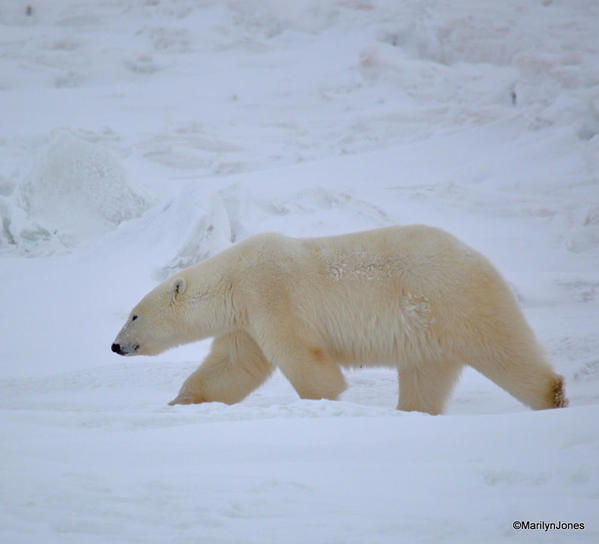
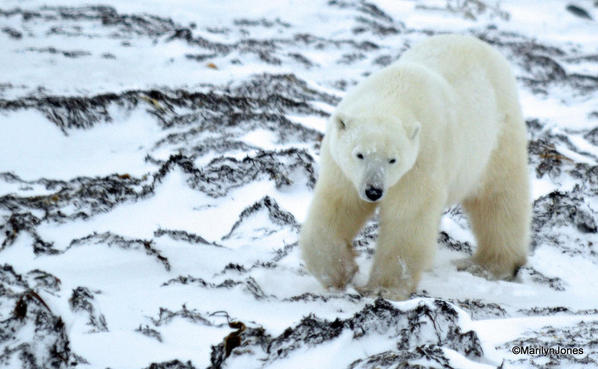
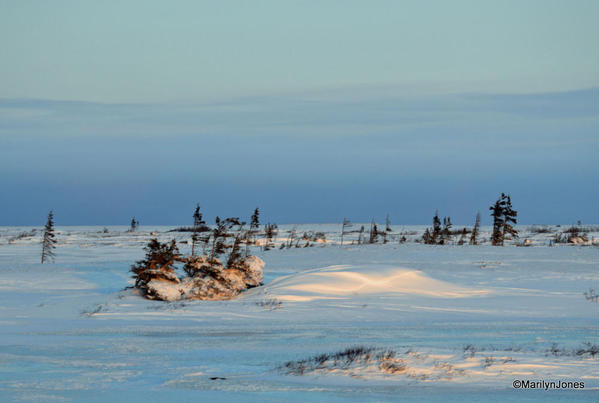
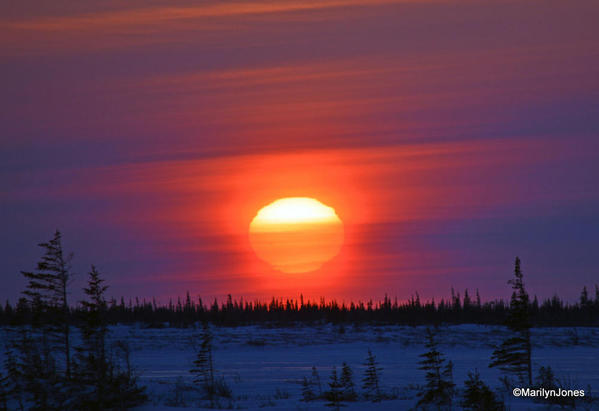
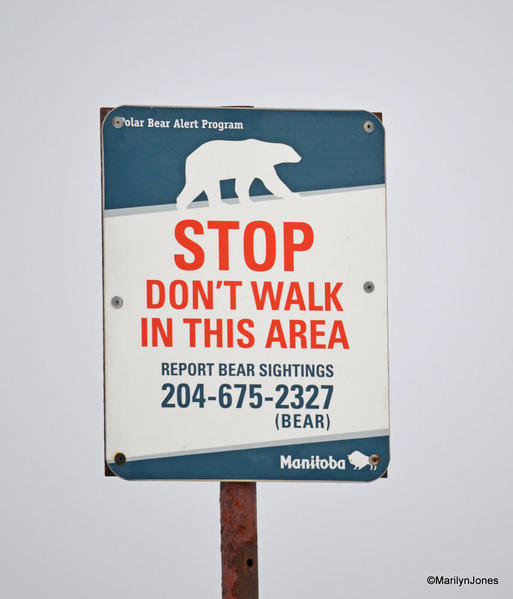


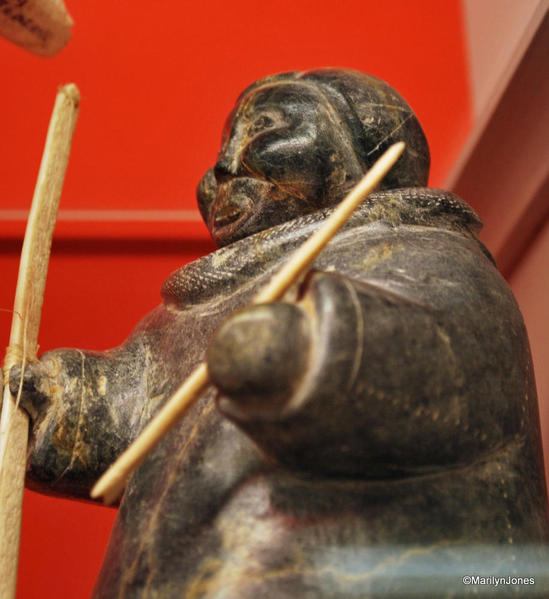
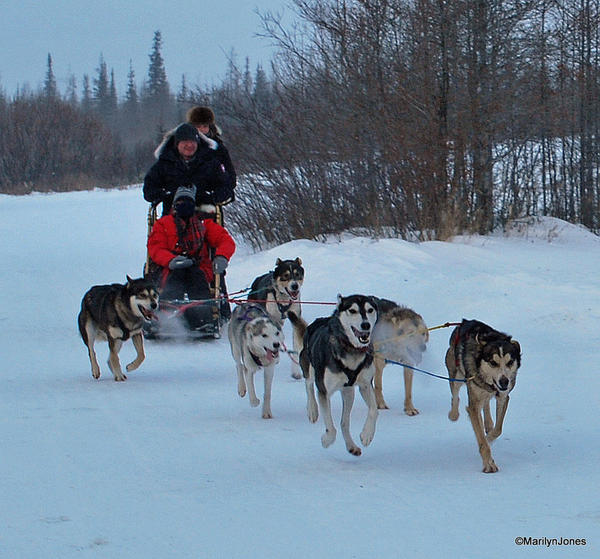
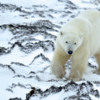
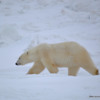


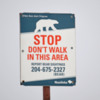
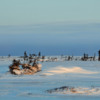
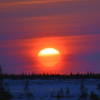
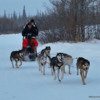
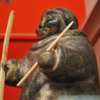
Comments (7)